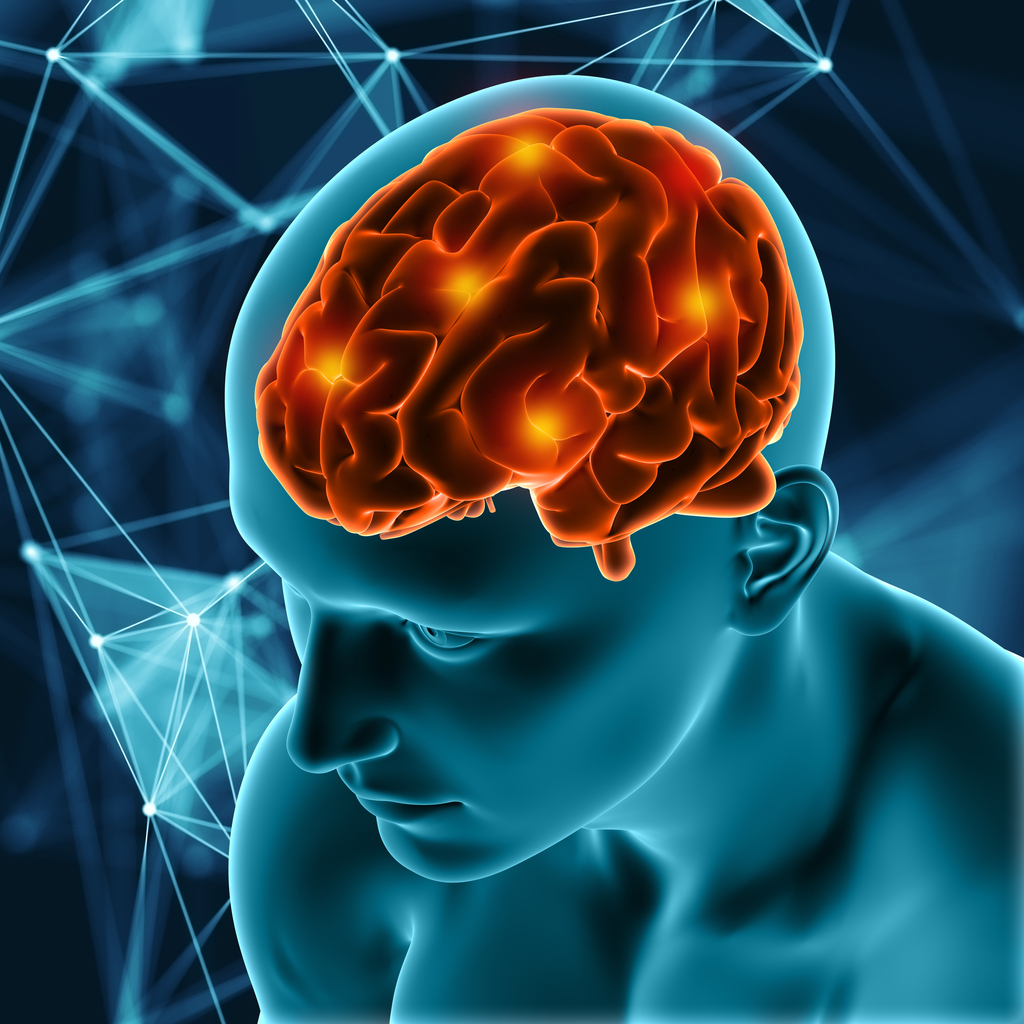What is Creutzfeldt-Jakob Disease (CJD)?
Rare and fatal
degenerative brain disease that leads to the progressive damage to the brain,
leading to severe neurological symptoms and eventually death.
Creutzfeldt-Jakob Disease (CJD) is one of the most well-known prion diseases in humans. It is a rare, progressive, and fatal brain disorder that affects about one in every million people worldwide. CJD can occur in three forms: sporadic, genetic, and acquired. Sporadic CJD arises spontaneously without any known cause, while genetic CJD is caused by inherited mutations in the PRNP gene that encodes PrP. Acquired CJD can result from exposure to contaminated brain tissue or medical equipment during certain medical procedures, such as corneal transplants, dura mater grafts, or growth hormone therapy.
CJD typically presents with rapidly progressive dementia,
muscle stiffness, myoclonus (involuntary jerking movements), and visual
disturbances. As the disease advances, it can lead to a decline in cognitive
function, motor skills, and communication abilities, eventually leading to coma
and death. There is currently no cure for CJD, and treatment is mostly
supportive and palliative. Strict infection control measures are necessary to
prevent the transmission of prions in medical settings.
Prions
Prions are a type of infectious protein that can cause several rare, degenerative, and fatal neurological diseases in humans and animals. These diseases are known as prion diseases or transmissible spongiform encephalopathies (TSEs). Prions are unique in that they do not contain DNA or RNA, unlike viruses, bacteria, fungi, or parasites. Instead, they consist of an abnormal form of a naturally occurring protein called PrP (prion protein). When PrP undergoes a conformational change, it becomes misfolded and can convert other PrP proteins into the abnormal form, leading to the accumulation of prions in the brain tissue.
SYMPTOMS OF CJD
There are several types of CJD, including sporadic, genetic, and acquired forms. Sporadic CJD is the most common form and occurs spontaneously in people with no known risk factors. Genetic CJD is caused by inherited mutations in the PRNP gene, which provides instructions for making the prion protein. Acquired CJD can be transmitted through contaminated surgical instruments, corneal transplants, or certain hormone or tissue transplants, as well as from consuming contaminated meat products, such as those from cattle with bovine spongiform encephalopathy (BSE), also known as "mad cow disease."
Regardless of the type, CJD is characterized by rapidly
progressive dementia, neurological symptoms, and a short survival time,
typically less than a year. There is no known cure for CJD, and treatment is
focused on relieving symptoms and providing supportive care.
CAUSES OF CJD
The disease is caused by the accumulation of abnormal prion proteins in the brain, which cause normal proteins to misfold and clump together, leading to the death of brain cells. This process can lead to a range of neurological symptoms, including changes in mood and behavior, memory loss, confusion, difficulty walking, speech problems, and involuntary movements.
As the disease progresses, patients may experience muscle stiffness, weakness, and loss of coordination, as well as vision and hearing problems. In the advanced stages of the disease, patients may become completely immobile and lose the ability to communicate.
CJD is a rapidly progressive disease, and most patients die
within a year of onset of symptoms. There is no known cure for CJD, and
treatment is focused on managing symptoms and providing supportive care.

